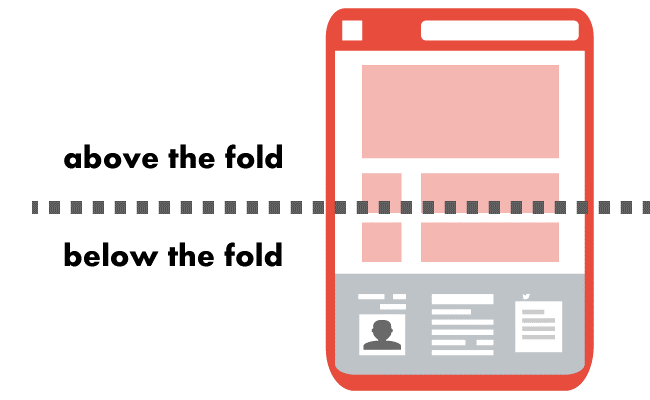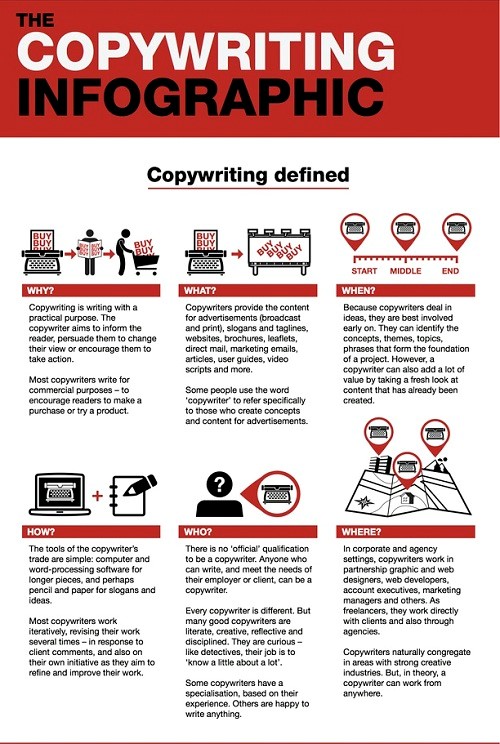As much as we don’t want to admit it, web design is a process of trial and error. For the most part, you can get away with several mistakes without hurting your website’s chances of making money. Some mistakes, however, can be serious enough to kill your conversion rates with frightening efficiency, causing your web traffic to plummet unless you take immediate action.
Why Are These Mistakes So Common?
Building your very own website has never been easier than it is today. The arrival of platforms like Joomla, WordPress, and Squarespace allows just about anyone to create their own beautiful and functional sites without needing the services of a programmer.
Naturally, this kind of accessibility has led to an obvious increase in artistic websites, with visual designers now able to experiment with a number of layouts without necessarily having any coding expertise.
Design vs. Usability
While the ease of innovating and experimenting can only be good for the Internet as a whole, it also comes with a number of downsides. For starters, the focus on web design aesthetic often puts web usability in the backburner. And usability is important because it’s tied directly to your website’s goal.

No matter what kind of website you have, it’s almost always driven by some kind of conversion goal.
It can be any of the following:
- A sale
- A like or follow
- A social media share
- A subscription
- A signup
- A donation
- A phone call
As mentioned earlier, a number of web design mistakes can affect your site’s ability to reach these goals. These mistakes happen because a site owner is fixated not on conversions, but on having a good-looking site.
Knowing these mistakes is the first step to avoiding them. The good news is that beautiful web design and great web usability aren’t mutually exclusive. In this guide, we go over a number of bad web design mistakes with the ability to wreck whatever progress you’ve made in terms of web traffic and conversions.
- You Have Too Much Happening on a Page

Several websites are guilty of packing far too many design elements on a web page, thinking it’s the best way of making people say, “Wow, this is a cool site.” The result, however, is a gaudy-looking piece of work, one that confuses users and distracts them from seeing what they need to see to generate a conversion.
Whether it’s Flash animation (it’s 2016 for crying out loud), too many images with little to no cohesion, or a video that automatically plays in the background, these elements create a cluttered experience that only causes people to bounce out of your site.
- Your Images are Too Large
In many ways, images are the bread and butter of many website designs. Entire social networks are built on the business model of creating and sharing visual media. As they say, a picture is worth a thousand words, capable of conveying all kinds of emotions, from joy, wonder, to amazement, and surprise.

So, images are amazing, that much is clear. But they can also eat up your bandwidth.
In 2015, HTTP Archive reported that the average web page size was around 1,953 KB—close to 2 MB. On average, images accounted for 1,243 KB.
The problems begin when your pages are overloaded with images, which in turn affect your load speed. And as KISSMetrics explains, low page speeds have a detrimental effect on your conversions, causing users to leave your site out of frustration.
The key is to optimize images for the most popular screen resolution out there: 1366×768 pixels. If you really need to host high-resolution pages, place them on third-party image hosting platforms.
- Ignoring the Importance of Playing Critical Information Above the Fold

The page fold, or the boundary that divides the part of the web page the users sees first without having to scroll down, is an element many web designers disregard. Sound web design is about presenting important information to your visitors with them doing as little as possible to find it. The attention spans of people using the Internet are notoriously low, and you want to make the most out of the few seconds it takes for people to have interest in your site.
The time-honored rule when thinking of your site’s page folds is simple: place all your important information above the fold.
This applies to your logo or branding, your contact information, links to other landing pages, and social media buttons.
- You Have Poor-quality Copy
Many site owners make the mistake of focusing on the razzle-dazzle elements of their sites, disregarding the importance of their copy.
Your copy serves as your message, your marketing pitch, and your presentation, all wrapped in one package. While images, layout, and other visual media are powerful vehicles to grab your audience’s attention, your copy tells them what to think, and more important, what to do.

The rule when balancing design and copy is simple: write your optimized copy first, and then use your design elements to highlight your message. If design comes before copy, you can’t expect your site to generate any conversions. How could it, when your users can’t discern your site’s message and what it is that you have to offer?
And it’s not just enough to create copy first. Any text-based content you create should be effective, making use of all copywriting best practices, from headlines, subheadings, to calls to action and more
